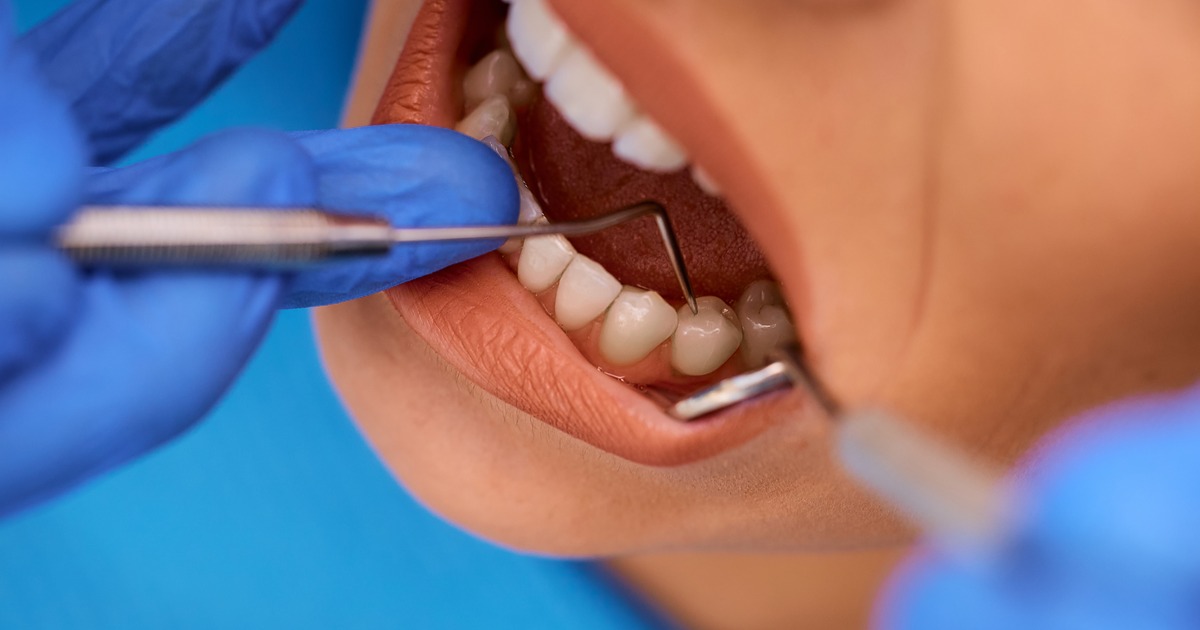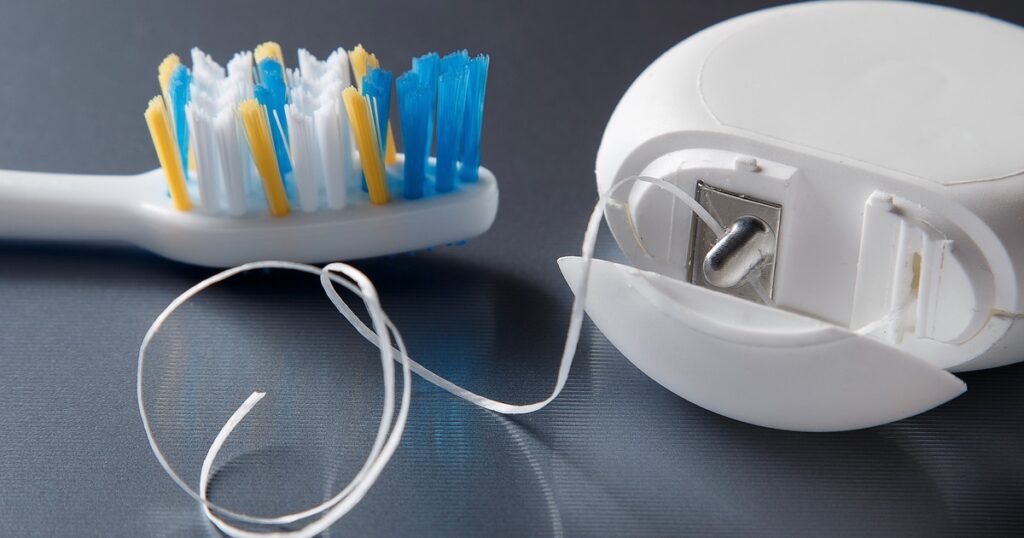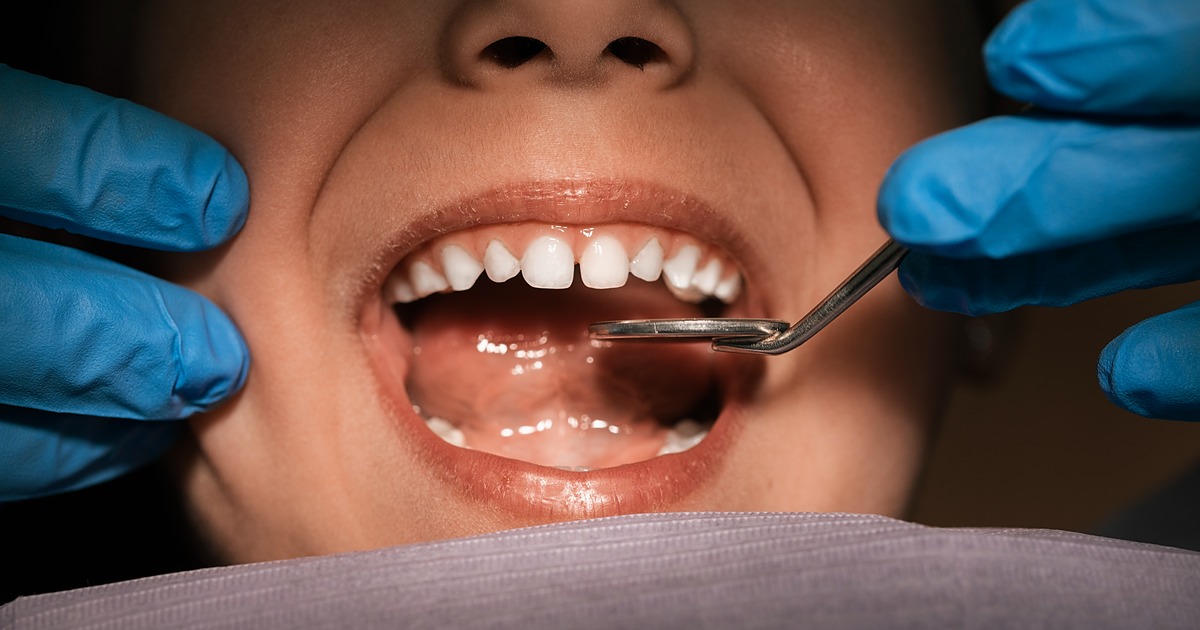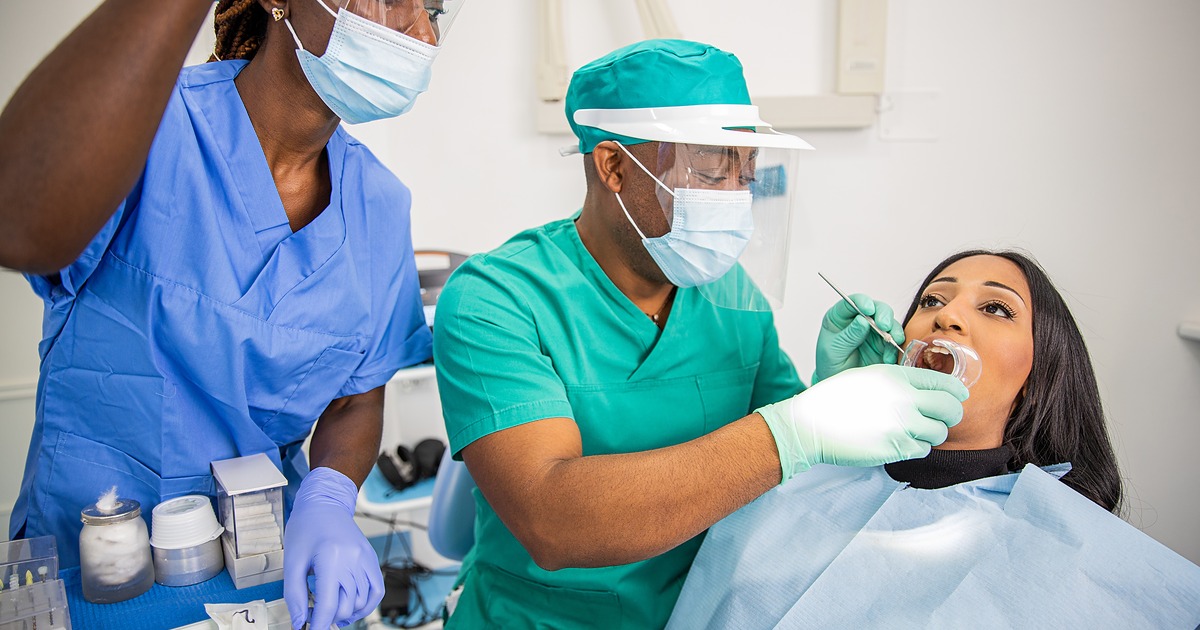How Long Does It Take for Periodontitis to Develop?

Periodontitis is one of the most serious dental conditions, leading to gum recession, bone loss, and even tooth loss if left untreated. But it doesn’t happen overnight. Gum disease progresses in stages, starting with mild symptoms like bleeding gums and eventually advancing into severe infection.
So, how long does it actually take for periodontitis to develop? Let’s explore the timeline, factors that affect it, and how you can stop it before it causes permanent damage.
Want to stop periodontitis before it starts? Begin with the Early Signs of Gingivitis, explore Stages of Gum Disease to understand progression, and follow Prevention Tips to protect your smile.
✅ The Stages of Gum Disease
Periodontitis begins as gingivitis, the earliest stage of gum disease. If gingivitis is not treated, it can progress to periodontitis over time. Here’s the breakdown:
-
Plaque Formation (Within 24–48 Hours)
-
After eating, plaque (a sticky film of bacteria) begins to form on teeth within hours.
-
If not removed by brushing and flossing, it hardens into tartar (calculus) within a few days.
-
-
Gingivitis (1–2 Weeks of Poor Hygiene)
-
Gums become red, swollen, and bleed easily while brushing or flossing.
-
Gingivitis is reversible at this stage with proper cleaning.
-
-
Early Periodontitis (Several Weeks to Months)
-
If gingivitis isn’t treated, bacteria spread below the gumline.
-
Gums start pulling away from teeth, forming small pockets.
-
Bone around teeth begins to show early signs of loss.
-
-
Moderate to Severe Periodontitis (Months to Years)
-
Gum pockets deepen, teeth become loose, and bone loss progresses.
-
Symptoms like persistent bad breath, receding gums, and painful chewing become noticeable.
-
👉 Average Timeline: Gingivitis can progress into periodontitis in as little as a few months if untreated, but in many cases, it takes several years of neglect for severe periodontitis to fully develop.
🕒 How Quickly Can Periodontitis Develop?
The timeline varies greatly from person to person, depending on:
-
Oral Hygiene Habits – Poor brushing/flossing accelerates plaque buildup.
-
Diet – High sugar intake fuels bacteria growth.
-
Smoking – Smokers are up to 6 times more likely to develop gum disease faster.
-
Genetics – Some people are more prone to gum infections.
-
Medical Conditions – Diabetes and weakened immune systems speed up progression.
For example:
-
A healthy adult with good hygiene may take years to develop periodontitis.
-
A smoker with poor hygiene might progress from gingivitis to severe periodontitis in less than 6 months to 1 year.
⚠️ Early Warning Signs to Watch For
Since gum disease progresses slowly, it often goes unnoticed. Pay attention to these early signs:
-
Gums that bleed when brushing or flossing
-
Red, swollen, or tender gums
-
Persistent bad breath
-
Gums pulling away from teeth (receding gums)
-
Loose teeth or shifting bite
-
Pus between teeth and gums
If you notice any of these, don’t wait—early treatment can prevent permanent damage.
🦷 How to Stop Periodontitis From Developing
The good news is that gum disease is preventable. Here’s how to protect your gums:
1. Practice Daily Oral Hygiene
-
Brush at least 2 minutes, twice a day.
-
Floss once daily to remove plaque between teeth.
-
Use an antibacterial mouthwash.
2. Get Regular Dental Checkups
-
Visit your dentist every 6 months for professional cleaning.
-
Scaling and root planing may be required to remove tartar below the gumline.
3. Quit Smoking
Smoking weakens your immune response and makes gum infections harder to heal. Quitting greatly reduces your risk.
4. Manage Health Conditions
Control diabetes and other medical conditions that can worsen gum disease.
5. Watch Your Diet
Eat foods rich in calcium, vitamin C, and antioxidants to strengthen gums and bones.
🧪 Can Periodontitis Be Reversed?
-
Gingivitis (early stage) is reversible with good oral care.
-
Periodontitis is not reversible, but it can be managed.
-
Treatments like deep cleaning, antibiotics, and surgery can stop progression.
-
With proper care, you can keep your teeth and gums healthy even after diagnosis.
-
📊 Periodontitis Development Timeline at a Glance
| Stage | Timeframe | Symptoms | Reversible? |
|---|---|---|---|
| Plaque | 24–48 hrs | Sticky film on teeth | ✅ Yes |
| Gingivitis | 1–2 weeks | Red, bleeding gums | ✅ Yes |
| Early Periodontitis | Weeks–Months | Gum pockets, bone loss begins | ❌ No |
| Moderate Periodontitis | Months–Years | Loose teeth, bad breath | ❌ No |
| Severe Periodontitis | Years | Tooth loss, gum recession | ❌ No |
❓ FAQs About Periodontitis Development
1. How fast can gum disease turn into periodontitis?
For some people, gingivitis can progress into periodontitis in just a few months, especially if oral hygiene is poor.
2. Can periodontitis develop without gingivitis?
Almost always, it starts as gingivitis. However, some aggressive forms may skip noticeable symptoms.
3. Is gum disease common?
Yes. According to the CDC, nearly 47% of adults over 30 in the U.S. have some form of periodontitis.
4. Can children develop periodontitis?
It’s rare in children but possible in teenagers with poor oral care or genetic conditions.
5. Does brushing alone prevent periodontitis?
Brushing helps, but flossing and professional cleanings are also necessary to fully prevent it.
🔑 Final Takeaway
Periodontitis doesn’t develop overnight. It typically takes months to years of untreated gingivitis for severe gum disease to set in. But in high-risk individuals—like smokers or diabetics—it can happen much faster.
The best way to prevent periodontitis is simple: maintain good oral hygiene, visit your dentist regularly, and treat early symptoms before they get worse. A few minutes a day can save your smile for life.








